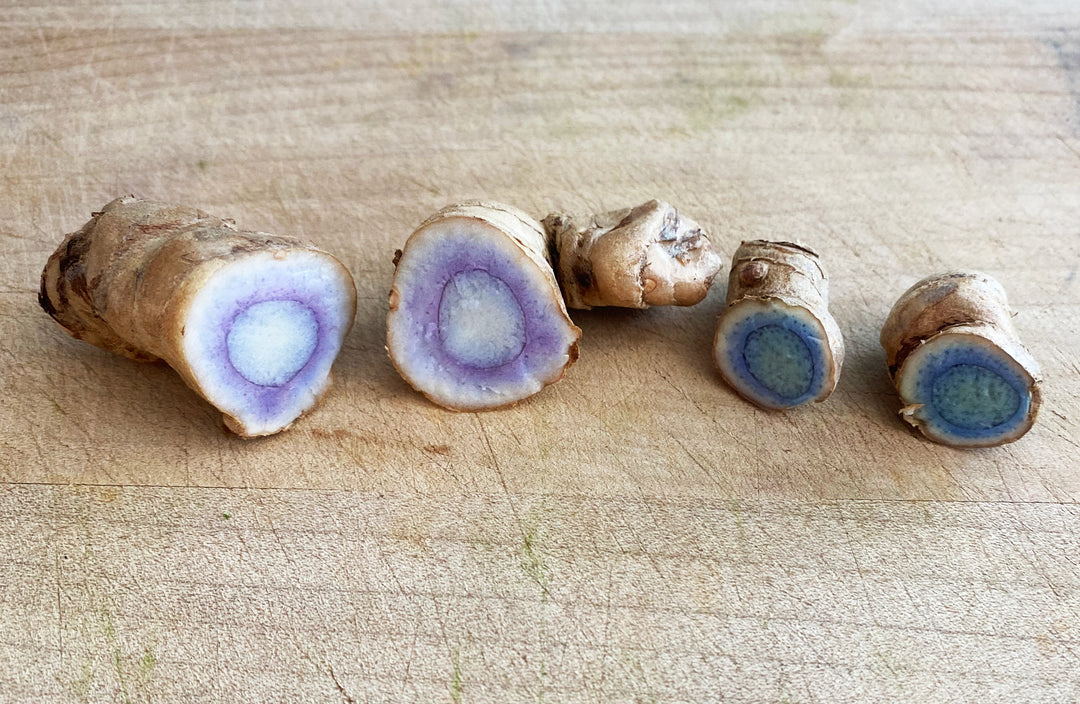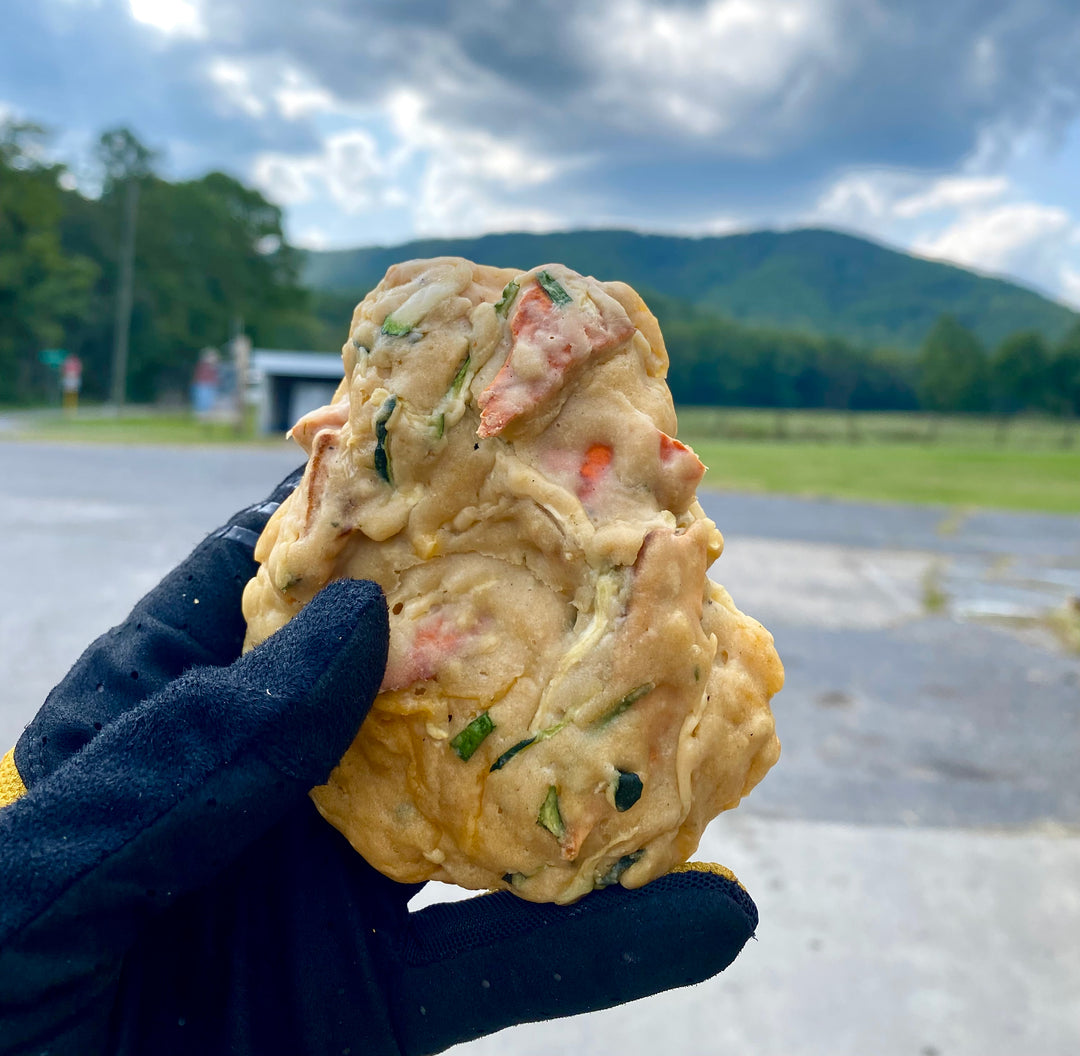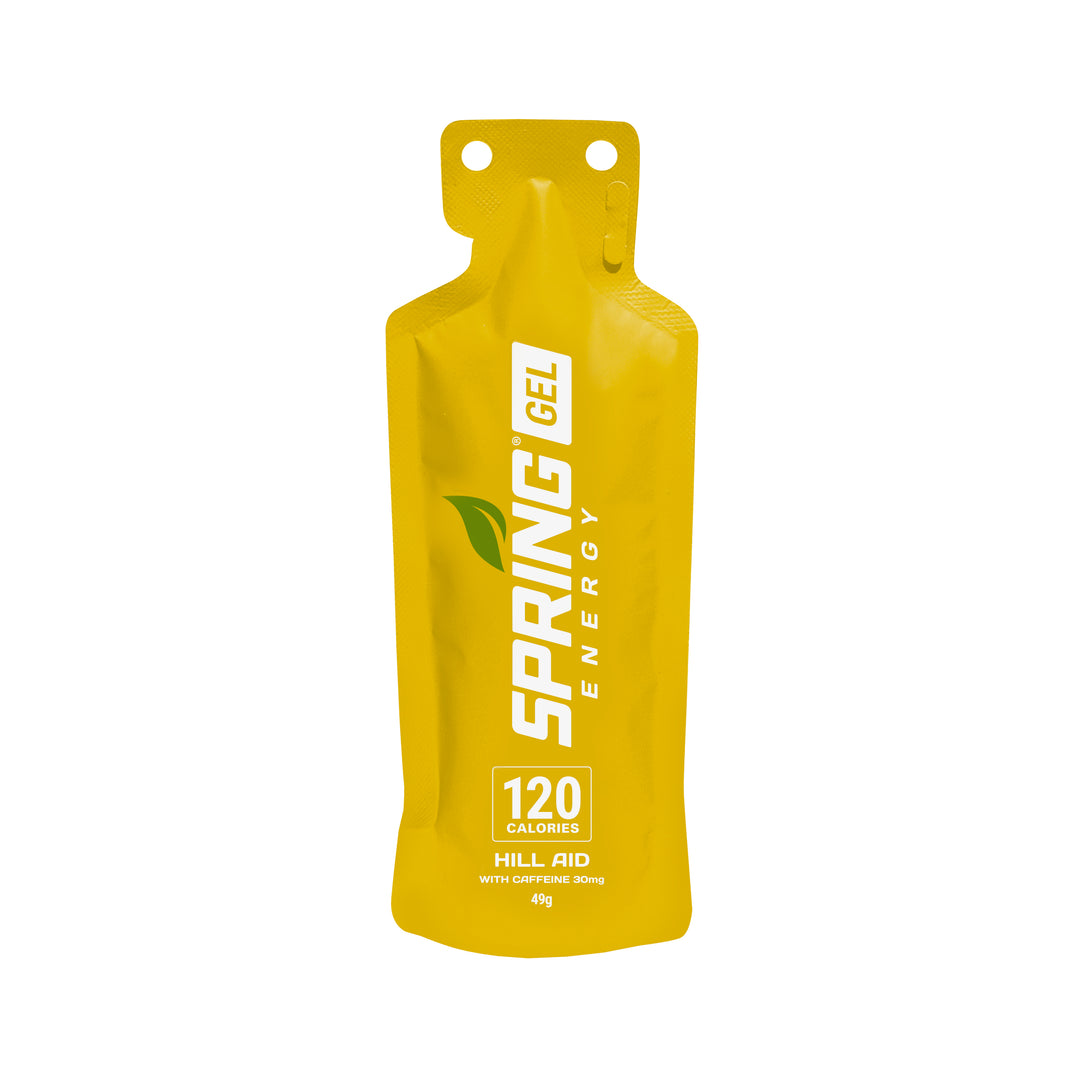Positive Energy Balance: Bones and Periods

By Kelly Wolf
Optimizing nutrition for optimal performance is not just about eating healthy foods. Just as important, is eating ENOUGH food.
The energy requirements for runners and athletes are immense, often greater than one may think. It can be easy to think that smaller bodies need fewer calories, however, body composition actually plays a huge part: the higher percentage of Lean Body Mass a person has, the more energy they require since muscle is much more metabolically active than fat stores (1). This fact will be expressed through equations later on.
Chronic underfueling, whether intentionally or inadvertently, not only undermines performance, but also eminently affects long term health. This post puts a spotlight on bone health in regards to female energy needs. Trying to train hard while under-fueling is stressing a stressed system... this is not a recipe for success!

Talking about energy balance, particularly for females, inevitably leads us to the topic of periods. Males too, of course, need fuel that matches their exertion levels, however, females have distinctive needs, our bodies are different. This post focuses on components of the Female Athlete Triad, now known as RED-S (Relative Energy Deficiency in Sport), and how they are interrelated: energy balance, reproductive health, and bone health.
Let’s begin by understanding the dynamic life of bones. As discussed in my previous post, our bones are constantly remodeling, between the interplay of bone formation and bone resorption (breakdown). Over the course of our life, bone density looks like a bell curve. During growing years, bone formation outweighs bone resorption. Peak bone mass is achieved between 20 and 30 years old and formation will be equal to resorption. After 40-50, bone mass declines, with resorption outweighing formation, most especially in postmenopausal females.

As per the graph, we see how it's crucial to reach peak bone mass before the natural processes of aging take place. This way we will best avoid bone injuries and give our future-selves the gift of strong bones to keep doing the things we love into longevity.
Although the bone mass decline in later years is normal, females are much more at risk for osteoporosis or fractures than men of similar age. Females runners are also more than twice as likely to develop a stress fracture than men. We don’t want to be thought of as “fragile”, but why are we at greater risk? The difference comes down to our hormones, specifically estrogen.
Estrogen, of course, is a sex hormone, and a key regulator in the female body. The importance of this hormone is what the reproductive system and musculoskeletal system indeed have in common.
Estrogen matures the female reproductive system, while also regulating the metabolism of musculoskeletal tissues. Bone, muscle, tendons, and ligaments all have estrogen receptors. In regards to bone health, estrogen acts in two major ways: restraining resorption while additionally promoting bone formation. The effects of estrogen are dramatically demonstrated in research, mostly in studies of post-menopausal women where estrogen levels have naturally dropped.
In an interesting tidbit, the relationship between estrogen and bone is thought to evolve from breastfeeding. The mother experiences a marked decrease in estrogen and a temporary cessation of menses. Concurrently, calcium is pulled from the mother’s bones, a mineral reservoir, and into her bloodstream, in order to meet the growing infant’s high calcium needs (this is a normal process). Breastfeeding mothers lose 3-8% of bone density within 6 months, though with an adequate diet, they are able to recover it quickly after weaning as estrogen again rises.
Young women with prolonged energy deficits will experience hormonal imbalances and are therefore severely at risk for the detrimental bone effects of low estrogen. This can develop into the condition of Functional Hypothalamic Amenorrhea (FHA), where a woman does not have a menstrual cycle for over 3 months- an evolutionary mechanism that prevents undernourished women from having offspring. Women who experience chronic amenorrhea may lose up to 2.5% of bone density per year and are at least 3x more likely to develop fractures than their regularly cycling counterparts (2).

Energy imbalance, like it sounds, is a discrepancy between energy requirements, energy intake, and energy expenditure (exercise). When energy availability is low, the body is forced to make decisions, choosing what to fuel and what to forgo. The female’s reproductive system is immensely energy taxing, yet also not crucial to her survival. Therefore, it shuts off in times of energy deficiency and estrogen levels plummet. As described, the bones start to become negatively affected. Further, amidst energy deficit, there are simply not enough building blocks available to build bone, let alone recover from bone stress, such as the stress of running.
For females, 45 calories per kilogram of Fat Free Mass (FFM) PLUS making up for energy expenditure is optimal to support her body and athletic lifestyle (3). In actuality that looks like this: a 125-pound runner (56.7g) with 20% body fat needs 2000 calories plus 600 extra calories to make up for her 1 hour run.
20% of 56.7kg= 11.34kg (fat mass)
56.7kg-11.34kg=45.36kg of FFM
45calories x 45.36kg= 2041 calories.
~2000 calories plus ~600 calories of expenditure= ~2600 calories
In another example, a 115 pound female runner (52kg) with 15% body fat also needs 2000 calories before equating for exercise.
15% of 52kg= 7.8kg; 52kg-7.8kg=44.2kg of FFM; 45calories x 44.3kg= 1995 calories. About 2000 calories!
You may be thinking, "how can I possibly make up the calories for a 20 mile run?!" Proper nutrition on the run in addition to taking a rest day after your long runs on the weekend while keeping your nutrition intake high is necessary to continue making up for burned energy. Therefore, you do not necessarily need less food on rest days!
Given this equation, I am not advising that we need to be calorie counting but being aware of these numbers can greatly help to ball park our needs. Especially considering that the equation is based on the premise of knowing your body fat percentage, these equations are simply included to spur awareness.
A lack of proper energy intake, very low body fat percentage, and/or high levels of intense exercise are all seen as stressful to the body. Instead of producing sex hormones, the adrenals make cortisol, sending messages to the brain that the body is in survival mode, and surely not fit for nurturing a baby. Thus hormonal communication from the brain's hypothalamus to the reproduction system is stopped, and with it, the protective effects that we get from estrogen. As for training, taking rest and recovery days is important to balance the effects of cortisol-spiking high intensity workouts throughout the week.
The good news is that, under healthy conditions, bones remodel. Achieving peak bone mass before 30 is still attainable for women who have experienced period loss, with diet and lifestyle interventions. Maintaining positive energy balance and maintaining a cycle are key to long term bone health for females, both reducing risk of bone injury in sport and reducing risk of osteoporosis.
This means eating ENOUGH for your energy needs. Carbohydrates, protein, and fats are all necessary to keep up this balance. Increasing your fat intake throughout the day through healthy sources like nuts, nut butters, olive oil, coconut oil, pasture raised butter and eggs, and avocados can be a good strategy if you suspect energy deficiency- aim for at least 30% of your daily calories to come from fat. Most likely, as an athlete and a female, you need more food than you think you do. Making sure your workouts are well-fueled before and during will help avoid large energy deficits throughout the day. Conscious efforts to make up for calories expended by exercise throughout the day such as nutrient and calorically dense foods, second servings, extra quality fats, and a night-time snack such as whole fat plain yogurt with fruit will go a long way in helping your body maintain homeostasis of energy balance. Let’s embrace everything that makes us female, from our periods to our estrogen- and hey, estrogen makes us happy too!
Do not be afraid to seek a medical professional, sports nutritionist, and/or sports psychologist if you need further help. Below is a list of resources and references:
References
- Rinaldi, Nicola J., et al. No Period. Now What?: A Guide to Regaining Your Cycles and Improving Your Fertility. Antica Press, 2019.
- https://www.femaleandmaleathletetriad.org/fuel-for-function/
- https://journals.humankinetics.com/view/journals/ijsnem/29/2/article-p152.xml
- https://journals.lww.com/acsm-msse/Fulltext/2007/10000/The_Female_Athlete_Triad.26.aspx
- https://www.ncbi.nlm.nih.gov/pmc/articles/PMC1327664/
- https://core.ac.uk/download/pdf/82517168.pdf
- https://www.sciencedaily.com/releases/2020/08/200811120221.htm
- https://academic.oup.com/jcem/article/102/5/1413/3077281








Leave a comment